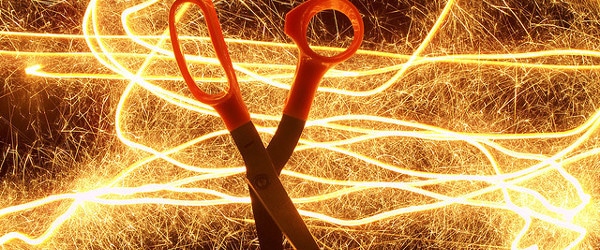We’ve all been there. Digging through the -80°C freezer, fingers about to get frostbite as you scrape the ice off a tube to read an illegible plasmid name, hoping it’s the right plasmid with little or no knowledge of how it was cloned in the first place.
And this is the starting material for your research project? Good luck!
Working at Addgene, a plasmid repository, I’ve visited hundreds of labs and seen many systems for plasmid organization. Here are some tips for staying organized with minimal effort.
1. Give every plasmid a name and a number
You want a name that describes what the plasmid is, usually including the backbone, insert, and relevant mutations. You should also give each plasmid a number so that you will be able to uniquely identify it when going through your freezer box or your notes. For example, pMF1 would be the first plasmid in my box.
2. Designate a spot for the physical plasmid stock
I stored my plasmids in duplicate: one copy as DNA in a box at -20oC and one copy as a bacterial glycerol stock at -80oC. I used a 10×10 box and just filled in the box as I created new plasmids or received plasmids from other scientists. Click here for a sample grid.
3. Know what the plasmid is, not just where it is
At the time you create the plasmid, it might seem obvious what the plasmid is, but 3 years later you might feel differently. Keep track of how a plasmid was cloned and used—a brief note now could save you half a dozen diagnostic experiments in the future. Organize the information with FileMaker Pro or a similar database program.
One free service which you may not have considered is Google Drive. If you have a Gmail account, you can access Google Drive by clicking on “Drive” in the header bar of your Gmail and create a Spreadsheet for your lab plasmids. I would set up column headings such as:
Plasmid #, Plasmid Name, Location, Insert, Backbone, Cloning Site 5’, Cloning Site 3’, Primer Sequences, Antibiotic, Notes
You can add other columns specific to your plasmids, such as selectable markers, fusion proteins, or full sequences. You could even include links to files for the plasmid map. If you want to store annotated sequence data, you will need to use a separate program. Just remember: an easy-to-use solution is the key to actually following through with keeping track of this information.
4. Share with your lab
The benefits of a plasmid database are even more impressive when you create a system that is shared by the entire lab. Sharing information will bring past, present, and future lab members onto the same page.
If you use the Google Drive approach, you can share the Google Spreadsheet with your labmates by clicking on the “Share” button in the upper-right corner. Just add a column for “Lab Member” so you will know who created each plasmid.
Creating this spreadsheet should only take you about 15 minutes, and your PI will thank you later. An organized plasmid database will help you and everyone in your lab conduct better experiments.







